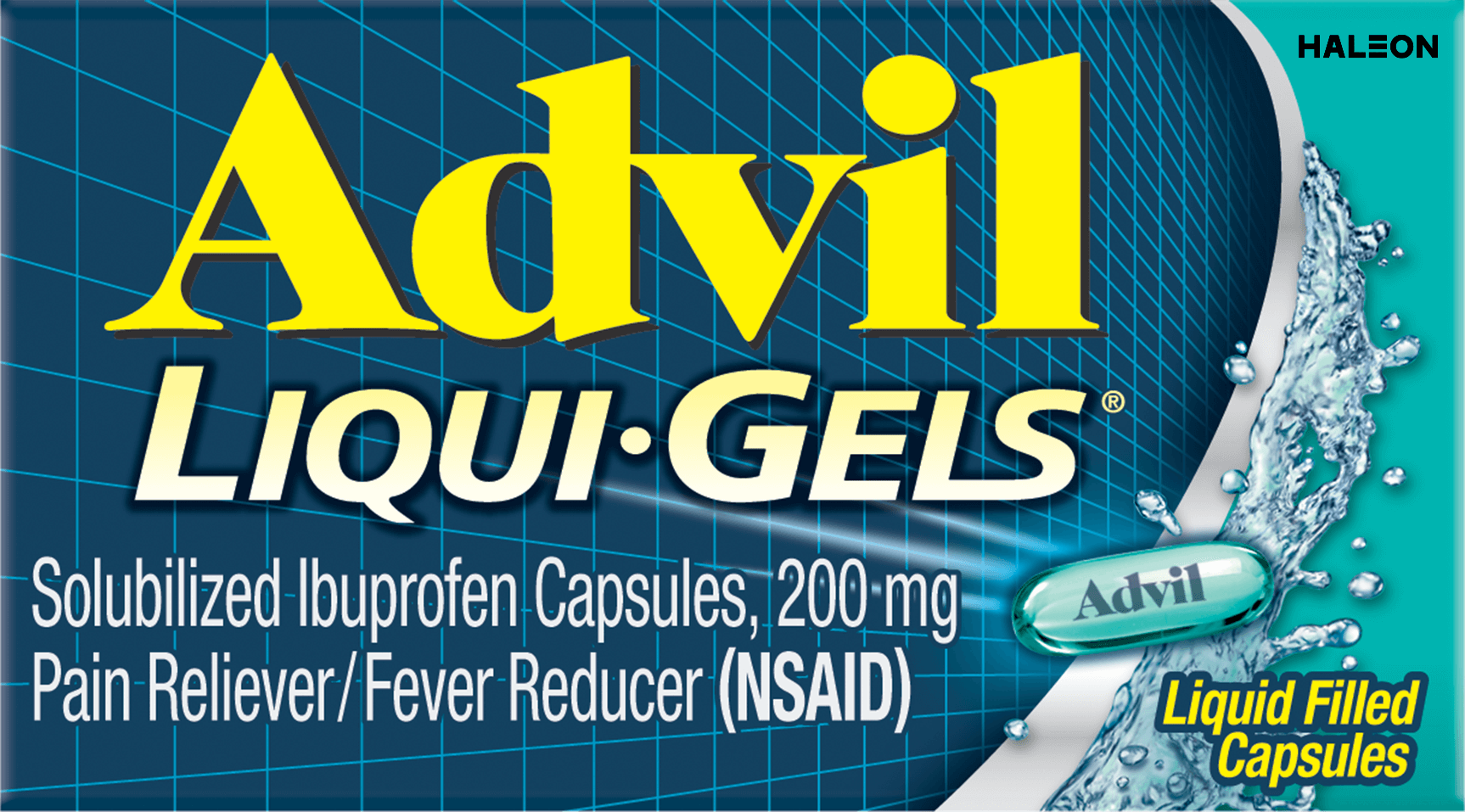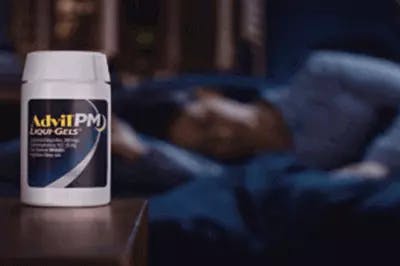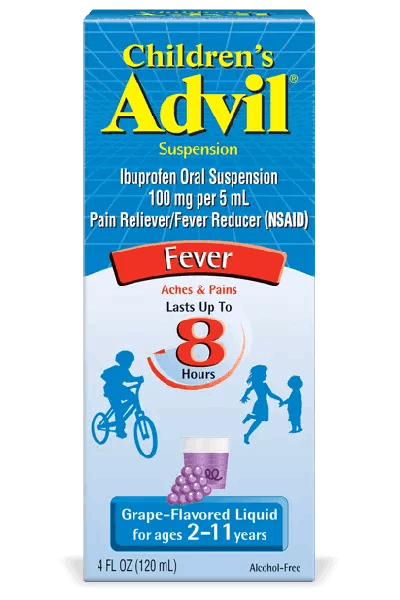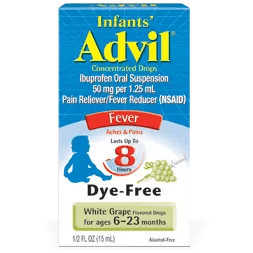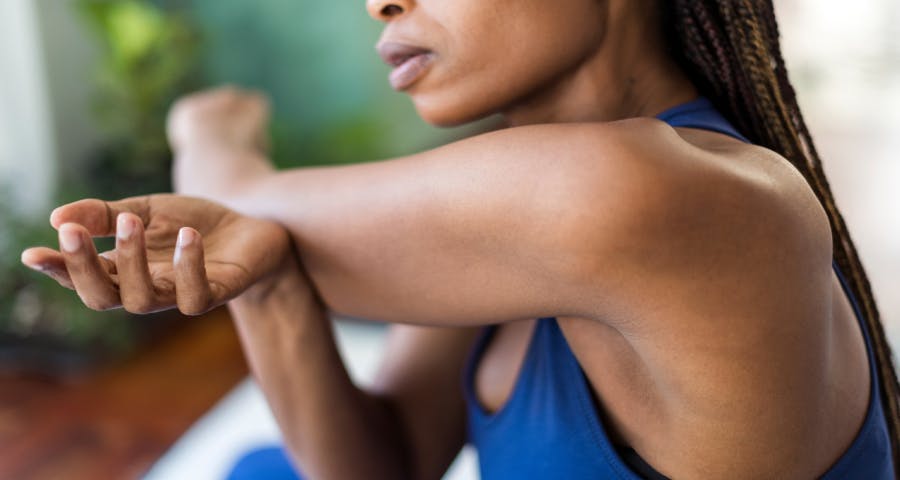What Is Arthritis?
Minor Arthritis & Joint Pain
Arthritis, which means "inflammation of the joints," is actually a symptom that has a number of causes. The most common form of arthritis is osteoarthritis. Osteoarthritis is caused by local structural changes in specific joints; while rheumatoid arthritis, the next most common type, is a systemic disease affecting the entire body. In osteoarthritis, the cartilage (the rubbery substance that cushions the joints between the bones) begins to break down and leaves the joint area unprotected. This may lead to a thickening of the bone ends and a buildup of what are called spurs.
When does arthritis strike?
Arthritis can occur in people of all ages. The breakdown of cartilage can be from any number of reasons, including injury, heredity or disease. Osteoarthritis, the most common form, becomes more prevalent with age, however people of all ages can be affected by different types of arthritis.
How do you know you have arthritis?
In some people, the initial breakdown of cartilage causes no pain whatsoever, while in others, it causes a deep aching and a soreness or stiffness that is particularly noticeable when they move. Tenderness after a long period of immobility, such as first thing in the morning or after sitting through a long movie, could also be a symptom of arthritis.
What are the signs and symptoms?
- Inability to move a joint normally
- Recurring pain or tenderness in any joint
- Swelling in one or more joints
- Redness or warmth in a joint
If you believe you recognize or experience any of these signs in yourself, you should consult your doctor as soon as possible. Early diagnosis and treatment can help limit the damage and control the symptoms.
What can I do about the pain?
There is no cure, but a combination of exercise, minor lifestyle changes, proper diet and medication goes far to manage the pain and symptoms of arthritis.
Exercise will help strengthen the muscles surrounding the affected joint and thus helps to support and stabilize the area. Exercise will also promote flexibility and help prevent stiffness. Both physical therapy and recreational exercise can help, but, as with any physical program, they should be discussed with your doctor first. Lifestyle changes such as staying off your feet periodically during the day or picking up objects with both hands instead of one can be easy to adapt to and provide much relief to arthritic joints. A proper diet can mean taking some unnecessary weight off your joints. It will also contribute to your overall health and state of mind. Medications, such as an OTC pain reliever like Advil, can serve to temporarily relieve minor pains associated with arthritis. Ice packs or heat wraps like ThermaCare also may provide some relief. Your doctor will be able to prescribe prescription medication for chronic, severe pain.
When should I see a doctor?
If you suspect arthritis, see your doctor right away. A general practitioner, family practitioner or internist can diagnose the condition and help treat the symptoms. If your case is severe, your physician may refer you to a rheumatologist.
Any last tips?
Know your body and its limits and then take care not to overdo it. Find creative ways to adapt your home or work environment, such as:
- Push yourself out of a chair with both hands when getting up
- Get out of a chair every half hour or so during a meeting or while watching a movie
- Use a pencil to dial a phone instead of your finger
- Spread the weight of any object that you are lifting or pushing by using multiple joints
- Keep a positive outlook
Arthritis doesn't mean you can't do the things you want to do; it just means you might have to find different ways of doing them.

